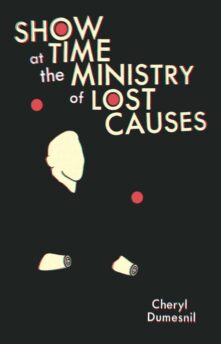Books
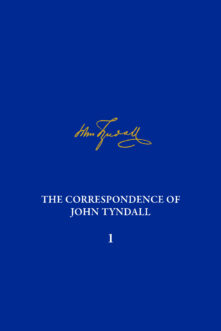
The Correspondence of John Tyndall, Volume 1
The Correspondence, May 1840–August 1843
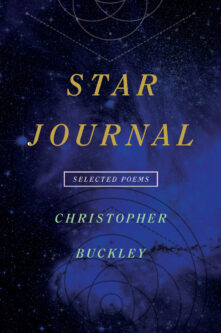
Star Journal
Selected Poems

Despite Cultures
Early Soviet Rule in Tajikistan
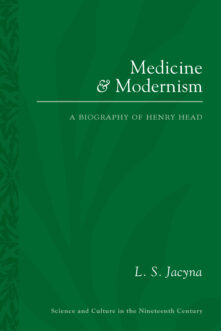
Medicine and Modernism
A Biography of Henry Head
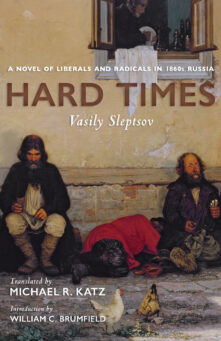
Hard Times
A Novel of Liberals and Radicals in 1860s Russia
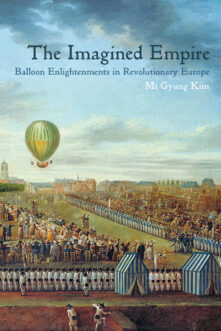
The Imagined Empire
Balloon Enlightenments in Revolutionary Europe
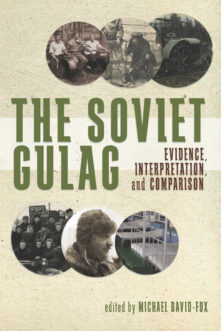
The Soviet Gulag
Evidence, Interpretation, and Comparison
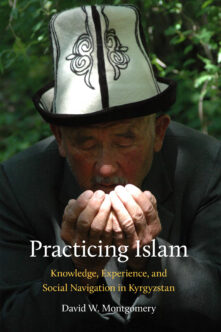
Practicing Islam
Knowledge, Experience, and Social Navigation in Kyrgyzstan
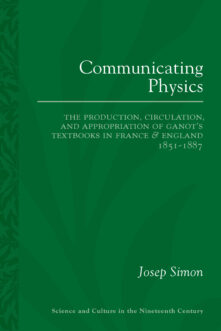
Communicating Physics
The Production, Circulation, and Appropriation of Ganot's Textbooks in France and England, 1851–1887
Total 1551 results found.






